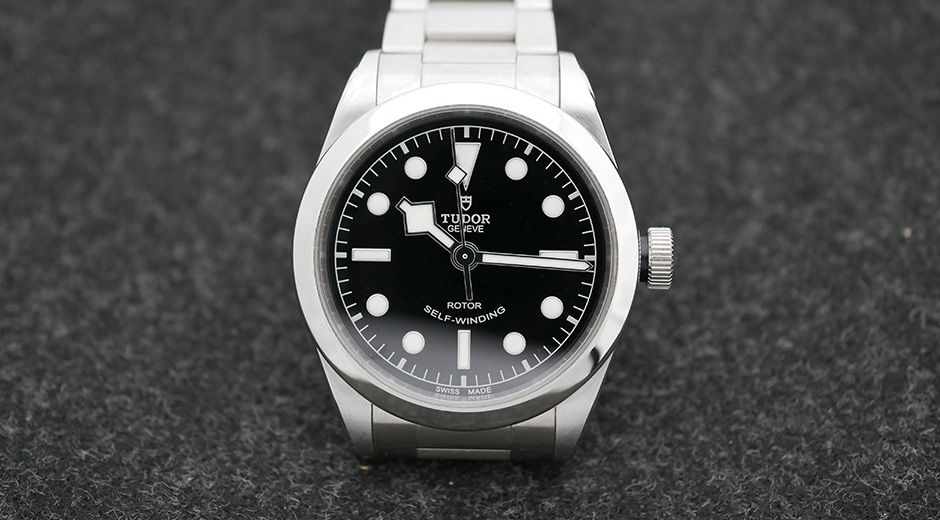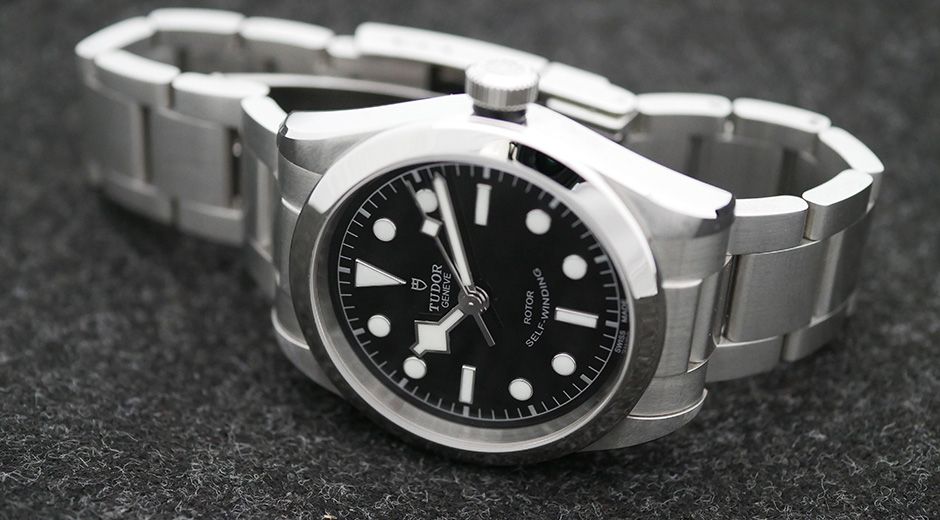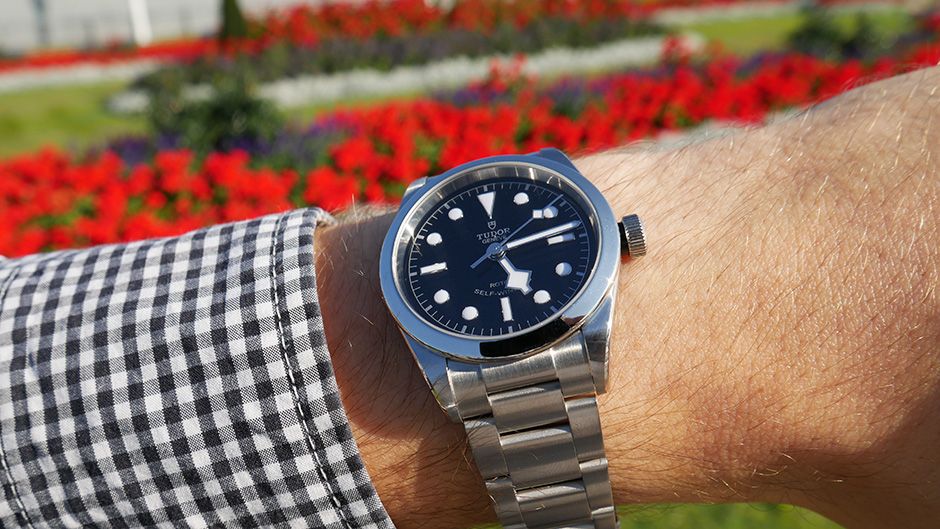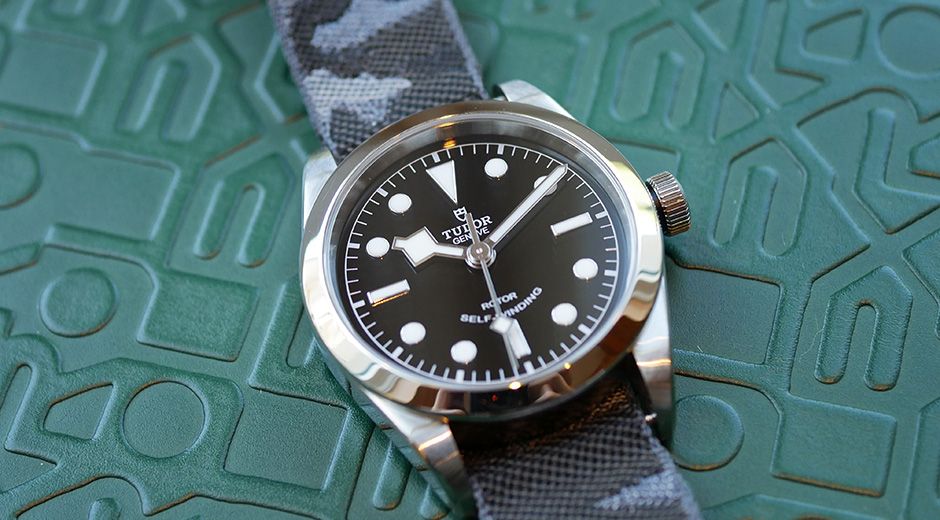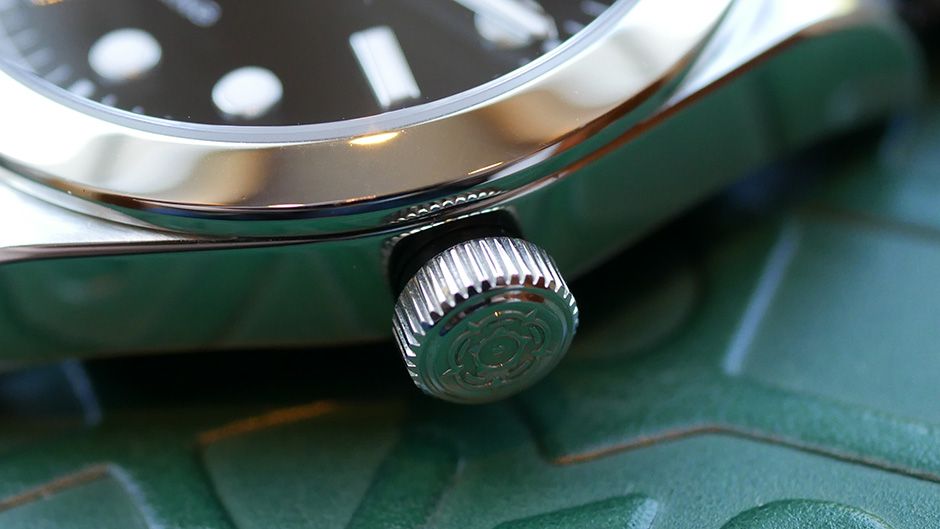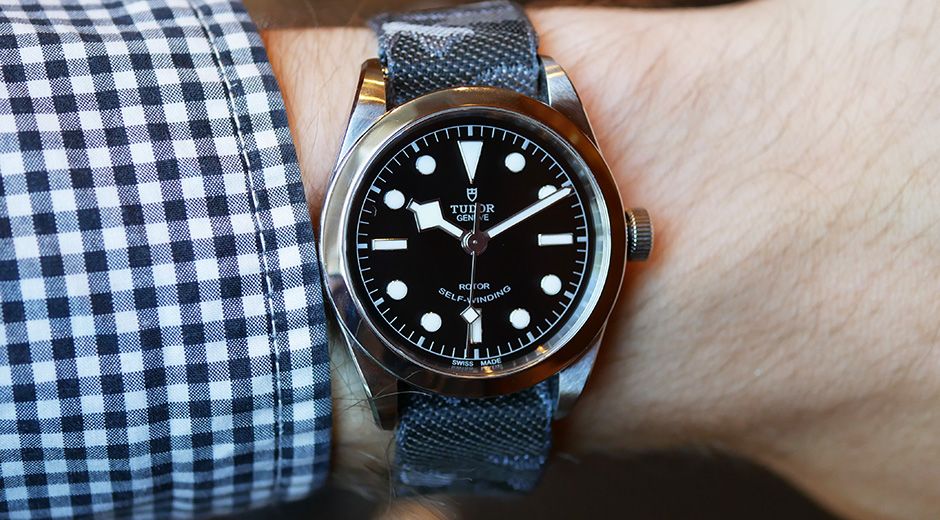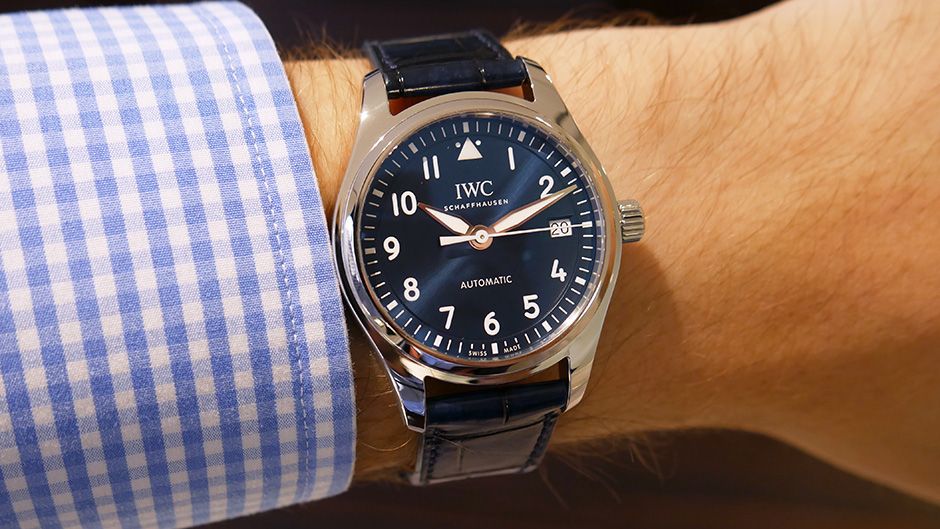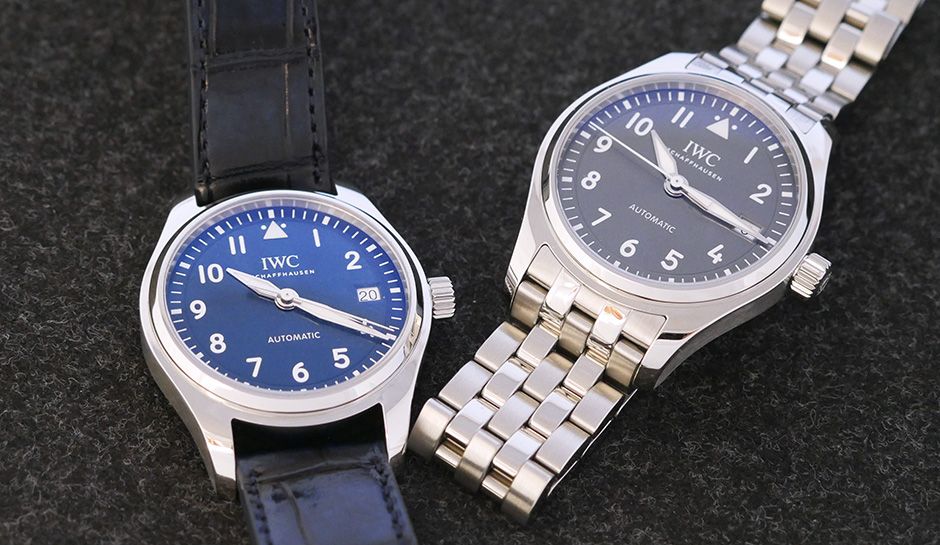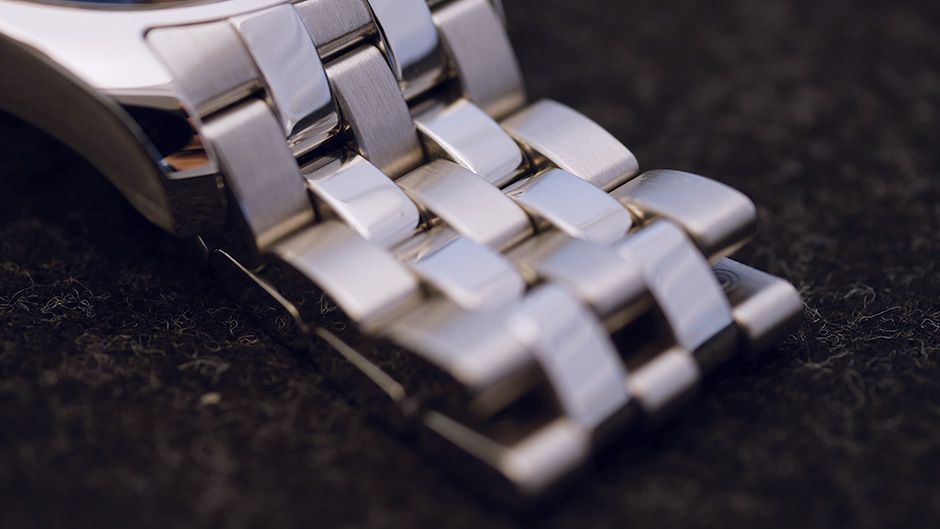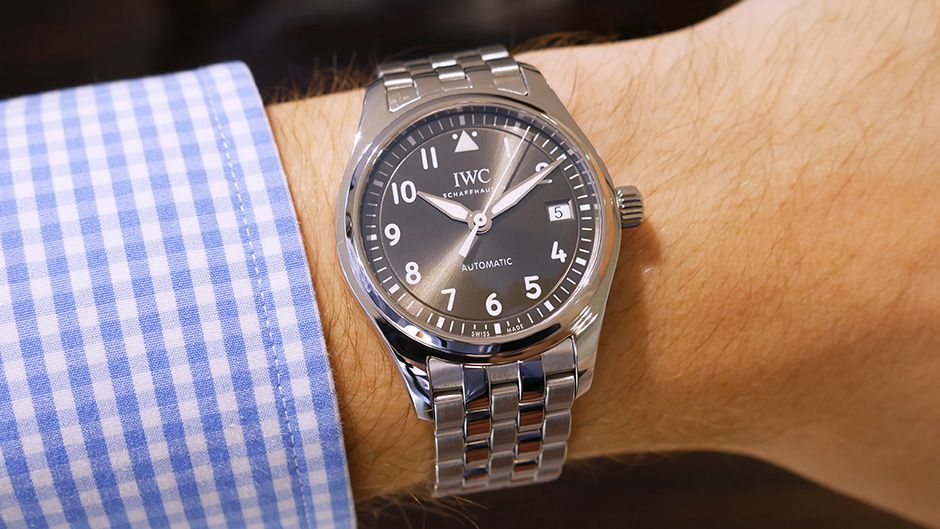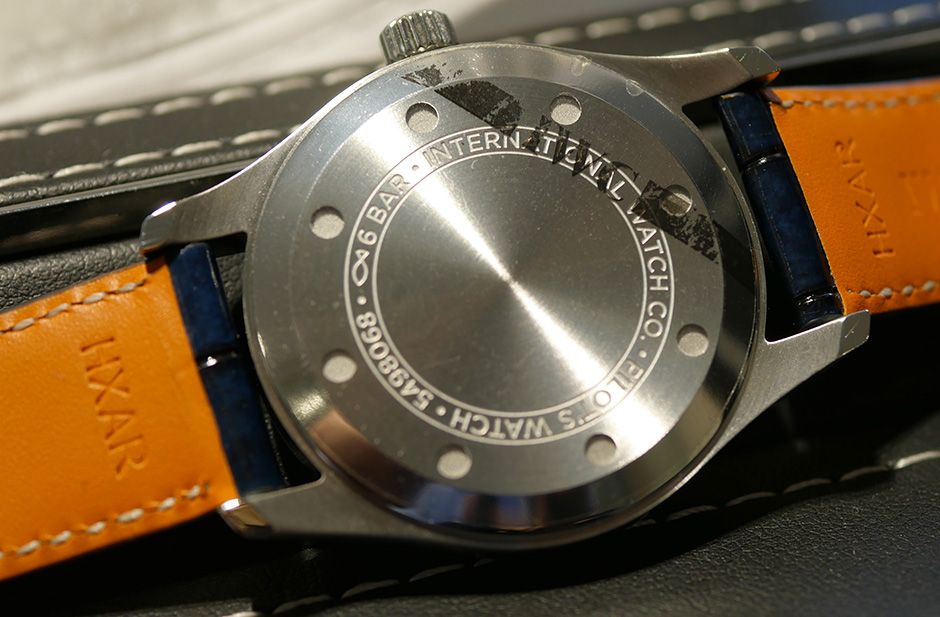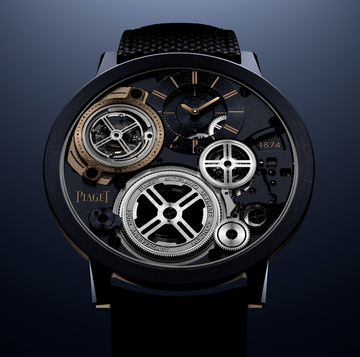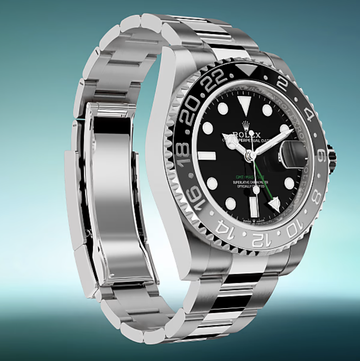Rarely do watch comparisons come together so neatly. We have here two stainless steel time-only watches from established tool-watch brands, both measuring a dainty 36mm in diameter. Both were released this year in the shadow of more elaborate models, and while both have been cited as evidence of a continued down-sizing, they have each flown slightly under the radar since their launch. So how do they stack up - individually, and in comparison?
Let's start with the Tudor.
My colleague Tim Barber made the point in QP magazine a short while ago that Tudor's revival story is really the story of the Heritage Black Bay. In a few short years, this dive watch has become the brand's poster model. It tapped into (in fact, pretty much inspired) the mood for retro-facing watches with flashes of bold colour, and ticked other boxes - distressed leather strap; "aged" lume - without ever seeming like a box-ticking exercise.
Tudor has managed the collection pretty well, creating impact and enthusiasm with the blue and red-bezelled versions before delivering the absolute banker, the Black Bay Black (via a headline-grabbing, truly lust-worthy Only Watch entrant). It brought in-house movements to the range without significantly increasing the price, and pushed the envelope a bit more this year with the Black Bay Bronze and Black Bay Dark.
Thus we have a situation where there's a Black Bay for everyone (I personally don't go for the Bronze, but found I enjoyed the Dark a lot more than I anticipated). It works because each one is a well-judged development of a template, and because the template itself is a simple one. Whether Tudor knows when to stop will only become apparent next year, but for now we can say the Heritage Black Bay has successfully gone from a watch to a collection without losing any of its punch.
And then there's this - the Tudor Heritage Black Bay 36mm. Released in March this year, at the same time as the Bronze and Dark, we covered it at the time here. We referred to it as "a charming oddity", and in some ways that holds true. It's a Heritage Black Bay but doesn't have a diving bezel and is only water-resistant to 150m - something it doesn't boast of on the dial, choosing simply to say "Rotor: Self-Winding" in a smiling curve. It's closer to the Ranger in ethos and looks, but still has dive-watch style lume pots and hands.
So that's all a bit confusing. But having worn it for a week I don't think there's anything remotely odd or confusing about it. This is such a beautifully simple watch to wear, and the size just feels very natural. In fact, to be honest, I experienced an odd double-think with it; off the wrist, it looks too small. On the wrist, it doesn't one bit. On the steel bracelet, the weight is just right (more on the strap options in a minute), and it feels rock solid (screw-down crown with anodised black aluminium spacer in particular). Never mind that it's not a diver; there's nothing insubstantial about its construction.
It has a solid caseback - good. This isn't the kind of watch where I care about gazing at the movement (it's an ETA 2824 rather than in-house by Tudor) and the closed case furthers its cause as a no-nonsense watch. It's not COSC-certified and the power reserve is only 38 hours, so it's not going to win many top trumps battles, but so what? Put it on and you won't want to take it off; end of story.
When I did have to take it off, it was to replace it with the IWC Pilot's Automatic 36mm. And this is a good time to talk about what a difference a strap makes. Both of these watches come on steel bracelets or a range of straps. The Tudor is available with a monochrome camouflage textile strap, a tan leather strap or the steel bracelet.
The bracelet - which I wore - gives the watch a bit of a sensible feel; the textile is much more the hipster option. As for the leather, it's not my cup of tea but works nicely if you want to dress the watch down but aren't really down with the camo. It's jeans-and-a-jumper, outdoors of a weekend stuff. What's worth noting is that in all three guises, the Tudor has the heft, even at 36mm, to sit proudly on the wrist.
The IWC is more of a split personality. It has five variations: steel bracelet with grey or white dial; grey leather strap with white dial; brown leather with grey dial, and blue leather and matching blue dial. IWC gets its leather straps from Italian shoemaker Santoni, and very nice they are too, but on a watch this size, they take a lot of the masculinity away (particularly the blue or the grey leather).
I first tried the Pilot's Automatic on with the blue leather and dial, and couldn't warm to it. The leather's too shiny; the overall weight too light. It comes across as a women's watch, and IWC's boutique staff confirm that it sells well to ladies. I was a little deflated - this watch, after all, came out as the most popular choice from our little IWC quiz the other week, and when I saw it at the start of this year I didn't remember it being so dainty, even viewed next to the rest of the Pilot's collection.
Switching to the bracelet, optimism returned. It's a thinner watch than the Tudor but with the added metal, it felt pretty good on the wrist. Visually it's almost a different watch - if the Tudor was sensible, this is real briefcase-and-tie stuff. The smaller links, with alternate brushed and polished finishing, make it a suaver, sleeker, more businesslike proposition. It's got an invisible clasp as well - very discreet, if disconcerting the first few times you just yank it apart to open. The Tudor's clasp is almost oversized, by contrast, but has a nice tactility to it.
So it's dressier, but the Pilot's Auto does a good job of holding fast to its roots, too. You get a soft-iron inner case for a modicum of antimagnetic protection; hacking seconds; very good antireflective on both sides of the crystal and - like the Black Bay - a screw-down crown. It's only water resistant to 60m, but then the Pilot's range has never claimed any great performance in the water.
On the dial, too, it's clearly a member of the Pilot's family, with the triangle marker at 12 o'clock, Pilot's sword hands and nice, clear numerals. No great excess of dial text (you could argue neither the Black Bay nor the Pilot's Automatic really need their lower dial text from the point of view of imparting information, but design-wise it serves to balance things out). The Pilot's Automatic has subtle sunburst finishes to the dials, whereas Tudor maximises legibility with the plain black dial.
Crucially, although the IWC is easily the more formal of the two, that's saying nothing about the attention to detail of the Tudor - lugs are crisply polished, the applied indexes bear high-res scrutiny and the rosette on the crown is a nice touch.
The Pilot's Automatic movement - again, commendably concealed behind a closed caseback - is IWC's Calibre 35111, a Sellita SW300-1 clone with 42 hours power reserve in the tank. It includes a date window at 3 o'clock, something the Tudor does without. Horses for courses, this; it's becoming apparent that the IWC is the more office-friendly of the two so I can comfortably admit the date window, while it's undeniably true that the Black Bay's dial looks so much purer and smarter without one.
Wearing and reviewing these two watches makes one thing clear: 36mm is in no way too small, and its good to see macho brands understanding that. They both felt supremely comfortable and, to be honest, made me think twice about all the 42mm+ watches that I tell myself are a good fit.
Beyond the headline similarities are - of course - a world of differences, chiefly that the Tudor feels burlier, the IWC more slick, but both would be excellent candidates for a fire-and-forget purchase, lifetime on the wrist, never looking back.
I'll leave you with one last difference between the two: the Tudor retails at £1,950, the IWC at £4,250.
